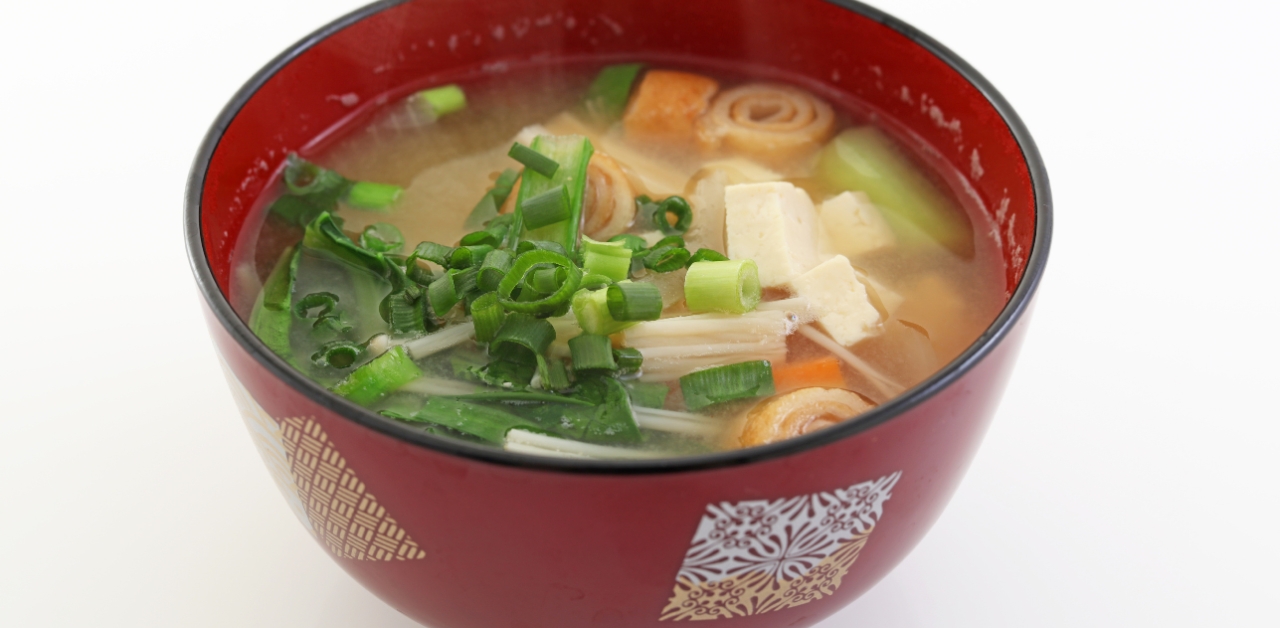
Miso is a product that has been used in traditional Japanese cuisine for centuries. It is precisely a paste made from fermented soybeans, which is most often used as an accompaniment to sauces and soups or as a seasoning for meat, fish and vegetables. The Japanese love miso because it has valuable health-promoting properties - it works in a similar way to probiotics, fighting harmful substances and toxins from the body. To make miso, cooked ground soybeans are mixed with broiled rice. Then koji yeast and salt are added. The whole thing is whisked in barrels so that fermentation takes place by cutting off the air supply. The miso is then left to mature - it should ferment for a minimum of six months. The finished product takes the form of a thick paste, and to some, the taste resembles pumpernickel. The paste should be used in moderation as it is very salty. It is important not to boil the miso, because then all the valuable bacteria will disappear from it. Miso is added to soups or other Japanese dishes at the end of cooking, when the pot with the dish has already been removed from the burner.


